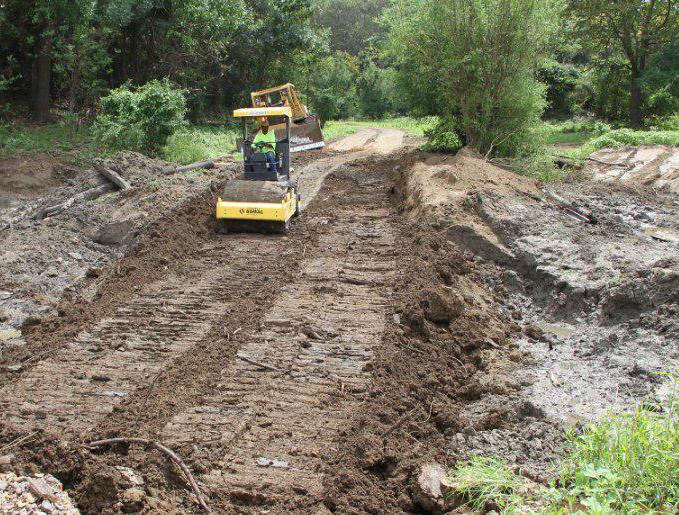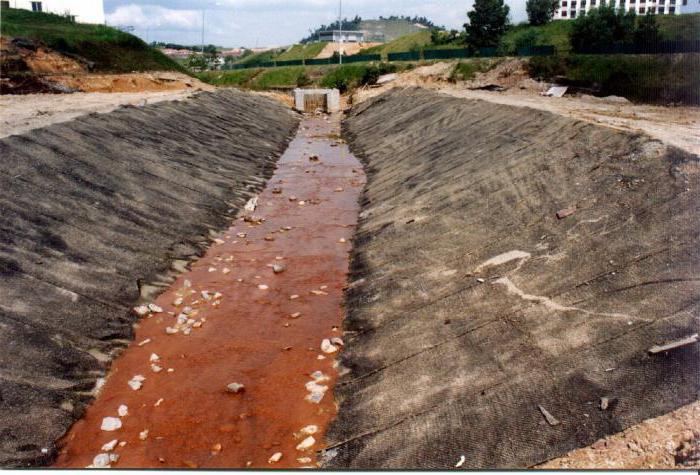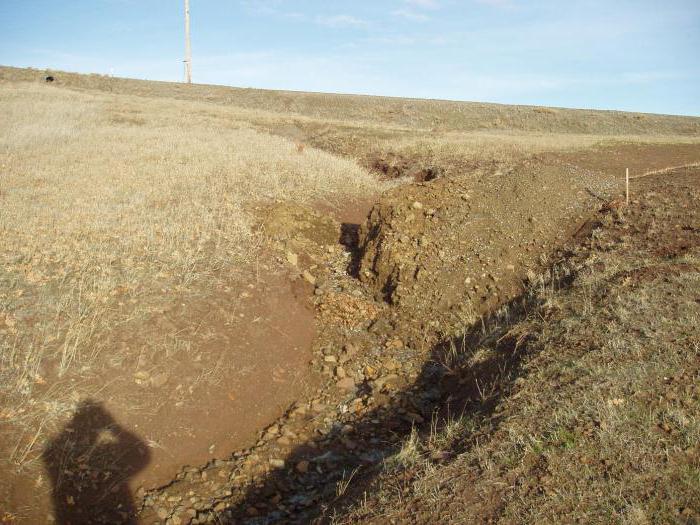Certain types of industrial, mining and construction activities can cause serious damage to the soil cover. Violation of environmental and agricultural properties does not allow the use of land for agricultural purposes. In particular, the laying of communication systems, the construction of linear facilities, the development of quarries for mining, etc. can lead to such consequences. Only remediation of agricultural land, which is a complex of restoration measures, can correct the situation.
What is reclamation?

As a rule, reclamation involves the restoration of the original properties and characteristics of the soil layer for its subsequent use in agricultural needs. However, such events may be used for other purposes. For example, to restore the recreational and forestry parameters of the cultivated area. In other words, land restoration is a set of measures aimed at ensuring the necessary environmental and agrotechnical properties of the soil.
Moreover, this process does not mean at all that the cover should be restored to increase the lost fertility. For example, in the work with forestry lands, forest reserves are being formed through new plantings. But it is mainly agricultural land that undergoes restoration mainly. True, in this area there are different directions. For example, land reclamation may include the organization of perennial pastures, and the creation of areas for future arable land, as well as soil preparation for orchards and hayfields.
What lands are subject to reclamation?

The most common category of susceptible plots relates to lands on which pipelines were laid and construction work was carried out. In terms of the complexity of restoration, it is worth noting the areas that were used as landfills for the disposal and storage of hazardous waste. In such cases, special remediation of contaminated lands is carried out, the terms of which can be calculated for years, depending on the nature of the waste and the severity of its environmental impact. The development of deposits in conjunction with prospecting and exploration activities also has a negative effect on the soil layer. One way or another, for each case, a special reclamation project is being developed.
What is considered in the remediation project?
First of all, experts take into account primary data on the natural conditions of the area. Climatic, vegetative and hydrological factors are taken into account. Further, the actual state of the land at the time of reclamation is analyzed. At this stage, the area, the rate of overgrowing, the topography, the nature of land use, the degree of pollution, as well as the condition of the soil cover are determined. In addition to these data, the land reclamation project also contains information on the chemical and granulometric composition of the soil, its agrophysical and agrochemical parameters. Estimated in the documentation and the possible life of the land after reclamation. Along with this, the risk of repeated violation of the optimal state of the soil cover is taken into account.

Land reclamation
At this stage, planning, creating slopes, as well as removing and updating the soil layer is carried out. Depending on the requirements of the project, hydraulic engineering and land reclamation devices can be organized. In general, this is the main part of the measures aimed at preparing the land for further intended use. The work is being carried out in several areas, including thermal engineering, hydraulic engineering and chemical operations. Thermotechnical land reclamation is heating the soil through mulching, which covers the fertile layer. The use of hydraulic technologies sets the goal of ridding the area of excess moisture, as well as changing the frequency of land flooding. Chemical agents can restore the original properties and characteristics of the soil through the introduction of components such as lime, clay, gypsum, sorbents, etc.
Biological land reclamation

At the stage of biological reclamation, agrotechnical and phyto-reclamation procedures are involved, which should improve the biochemical, agrochemical, agrophysical and other characteristics of the earth. Unlike technical measures, in this case it is supposed to work with the most serious violations. In particular, land reclamation of this kind helps to renew territories that have been damaged by hazardous industrial waste. We can also talk about the complete destruction of the natural natural components of flora and fauna. Modern means of biological restoration show the effectiveness of reclamation, but in time and financial cost, they can also significantly exceed the traditional technical means of updating the soil.
The result of reclamation

The quality of reclamation can be judged by several parameters. First of all, this is the absence of unnecessary objects on the territory, among which there may be debris, construction waste and industrial structures. Also, the site should have an integral landscape structure without the presence of obvious blockages, pits, drainage channels, shaft failures and embankments. In addition, land reclamation must necessarily contribute to the full or partial renewal of the soil formation process. Modern technologies can significantly increase the ability of the soil to self-cleaning. Against the background of such processes, the biological state of the lands is normalizing.
Conclusion

Even if we do not take into account the feasibility of using land for agricultural purposes, the restoration of fertility has a beneficial effect on the natural components associated with the territory. For this reason, reclamation should be carried out without fail regardless of its further use. Of course, if the person concerned has a plan for the specific operation of the territory, then the remediation project for the designated purposes should be adjusted initially. In such cases, restoration measures not only help to eliminate the consequences of harmful effects on the soil, but also, if possible, enrich it with the necessary components that are significant from the point of view of future use.








